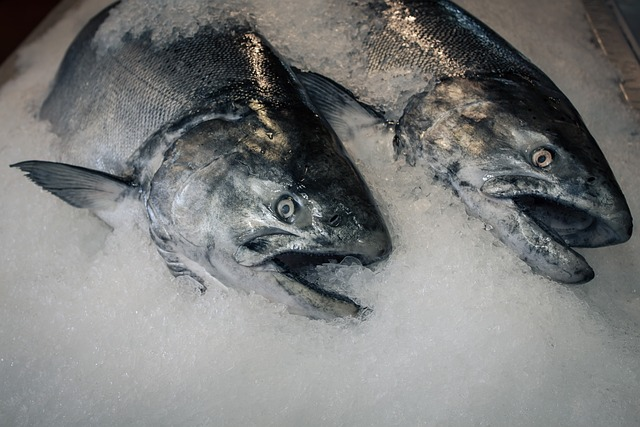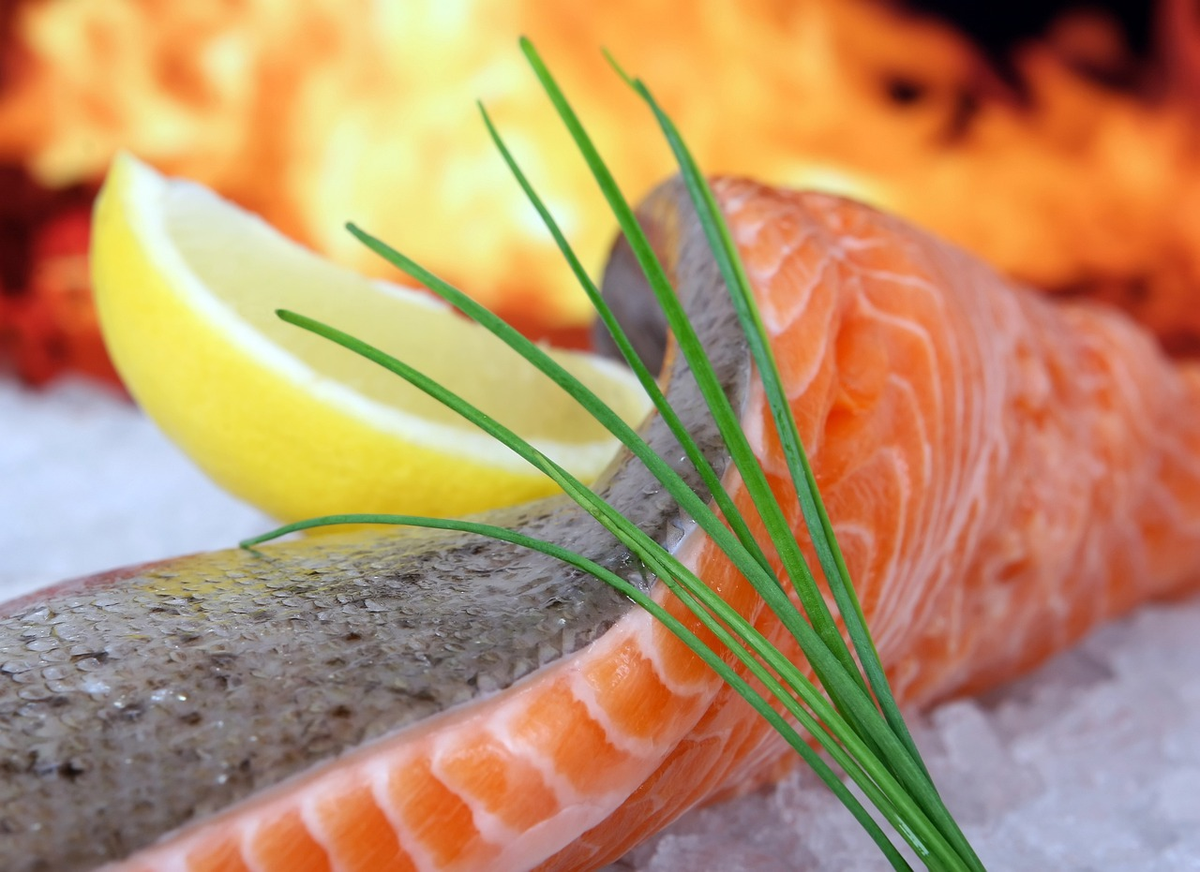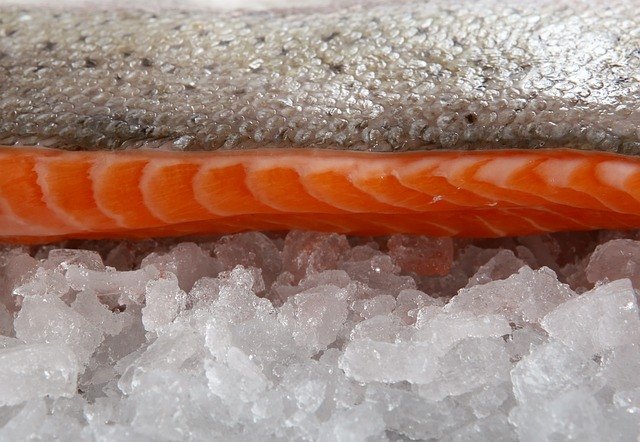Can you eat a frozen dinner after it has thawed?
Frozen dinners have become a staple for those with busy schedules or limited cooking skills. Not only are they convenient, but they also offer numerous benefits that make them a healthy and budget-friendly option for many individuals.

One of the biggest benefits of frozen dinners is their ability to reduce food waste. Often, when we buy fresh food or perishable foods, we end up with food items that spoil before we can consume them. This not only results in wasted food but also wasted money. Frozen dinners provide an alternative to this by allowing us to stock up on prepared foods that are less likely to spoil.
Some popular frozen dinner brands such as Lean Cuisine and Healthy Choice offer a variety of options that are not only convenient but also healthy. Their meals contain nutritional information, which allows us to make informed choices about what we eat. Some of their healthier options include vegetarian meals, meals with lean meats, and meals high in protein.
Portion control is another benefit of frozen dinners. Often, when we cook a meal, we tend to make more than we need and end up overeating. Frozen dinners come in pre-packaged portions, which makes it easier to control our food intake. This can be especially helpful for those who are trying to maintain a healthy weight.
Lastly, frozen dinners are a budget-friendly option for those who want to save on food expenses. Compared to eating out at a restaurant or ordering takeout, frozen dinners offer a more affordable alternative. By buying in bulk or on sale, we can stock up on frozen meals and save money in the long run.
Overall, frozen dinners can be a convenient and healthy option for those with busy schedules or limited cooking skills. With the ability to reduce food waste, provide healthy options, guarantee portion control, and save money, frozen dinners offer numerous benefits that make them worth considering.
How to Tell When Food Has Thawed
Thawing frozen food is a common kitchen task that many of us encounter on a regular basis. Whether it’s raw meat, frozen vegetables or a packaged meal, it’s important to ensure that we thaw the food properly before cooking or consuming. Failure to do so can increase the risk of harmful bacteria and foodborne illnesses. In this article, we’ll discuss how to tell when food has thawed and how to ensure that it’s safe to eat.
Signs of Food Thawing
When it comes to frozen dinners, it is essential to pay attention to signs of thawing before you consume them. Thawing can occur when the food is not stored at a safe temperature, such as when it is accidentally left out of the freezer or during a power outage. To avoid the risk of foodborne illnesses, it is crucial to know the signs of food thawing.
One of the first signs of thawing is melting ice crystals. When a frozen dinner thaws, the ice crystals that formed in the food during the freezing process start to melt. This causes a coating of ice to develop on the food. Additionally, the texture of the food will become drier than when it was frozen. For instance, a frozen dinner that was once moist and tender could become tough or grainy when it is thawed.

Another sign of thawing is the separation of a block of food into individual pieces. When the frozen dinner thaws, water molecules within the food start to move around, creating channels that cause the meal to lose its shape. Also, there may be liquids appearing around the food or in its container.
It is important to note that if the frozen dinner has thawed, it should be used within a specific time frame. Generally, cooked food should not be left at room temperature for more than two hours. If food has been thawed for more than two hours, it should be discarded regardless of its appearance and smell. It is better to be safe than risk food poisoning.
In conclusion, signs of thawing include melting ice crystals, a drier texture, the separation of a block of food, and the appearance of liquids. If you are unsure if a frozen dinner has thawed, it is better to discard it than to risk harmful bacteria. Always remember to store your frozen meals properly and check them regularly to avoid food waste and ensure food safety.
Timeframe for Thawing
Frozen Dinner:
Thawing a frozen dinner is an essential step in preparing the meal for consumption. The timeframe for thawing a frozen dinner varies depending on the thawing method and the size and shape of the frozen dinner. To ensure the safety of the food, it is crucial to follow food safety precautions when thawing frozen dinner.
The safest method of thawing frozen dinner is by using the refrigerator. This method requires the most time, but it is the best way to prevent the growth of harmful bacteria. The recommended timeframe for using the refrigerator to thaw a frozen dinner is to place it in the fridge for several hours to several days, depending on the size and shape of the meal. Typically, a small frozen dinner may take a few hours to thaw while a larger one could take up to a day or more.
If you don’t have the time to leave the frozen dinner in the refrigerator, cold water thawing is an alternative method. In this method, the frozen dinner should be placed in an airtight container and submerged in cold water. The water should be replaced every 30 minutes, and the meal should be monitored to ensure it stays cold throughout the process. The time frame for thawing with cold water varies based on the size of the frozen dinner but usually takes around 30 minutes to an hour.
Another option for quickly thawing a frozen dinner is by using a microwave. However, it is important to note that this method requires close monitoring to avoid cooking the food in the process. The frozen dinner should be placed in an oven-safe dish and microwaved using the defrost setting to ensure the food is evenly thawed. It is crucial to prevent hot spots in the food, as they may cause harmful bacteria to grow. The timeframe for microwave thawing varies on the size of the frozen dinner and the wattage of the microwave.
In conclusion, the timeframe for thawing a frozen dinner depends on the thawing method used. The refrigerator method is the safest but takes the most time. Cold water thawing is a quicker alternative, while microwave thawing is the quickest but requires close monitoring. It is important to take food safety precautions when thawing frozen dinner to prevent the risk of foodborne illnesses.
Temperature Considerations
When it comes to handling frozen dinners, temperature considerations are crucial to maintain food safety and quality. Frozen dinners should always be stored at a safe temperature of 0°F (-18°C) or below to prevent harmful bacteria from multiplying.
When thawing a frozen dinner, it’s important to avoid using hot water as it can cause the temperature of the food to rise too quickly and unevenly. Uneven thawing can create pockets of warm spots that can harbor harmful bacteria and pose a risk of foodborne illness.
The best way to thaw frozen dinners is to do so slowly in a refrigerator at a temperature of 40°F (4°C) or below. This method helps to maintain the quality and texture of the food, and also prevents the growth of harmful bacteria.
If you need to thaw a frozen dinner quickly, you can also use the cold water method. This involves placing the frozen dinner in an airtight container and submerging it in cold water. To ensure the temperature of the food remains at a safe level, it’s recommended to change the water every 30 minutes.
In summary, it’s important to handle frozen dinners with care and maintain a safe temperature throughout the process to avoid the risk of harmful bacteria growth. By following proper food safety protocols and temperature considerations, you can rest assured that your frozen dinner will be both safe and delicious to eat.
Checking Internal Temperature with a Thermometer
When preparing a frozen dinner, it’s crucial to ensure that the internal temperature of the meal is at a safe level to avoid any risk of foodborne illnesses. One of the best ways to check the internal temperature of a frozen dinner is by using a food thermometer.
Firstly, make sure that the frozen dinner has completely thawed before taking the temperature reading. Next, insert the food thermometer in the thickest part of the meal, ensuring that it doesn’t touch any bones or the container, as this can give an inaccurate reading.

Once the thermometer is inserted, wait for a few seconds for the temperature reading to stabilize. Ensure that the thermometer reads a minimum of 165°F (74°C) before consuming the meal. This temperature is the recommended minimum internal temperature for most food items, including frozen dinners, to ensure that they are safe to consume.
Checking the internal temperature of a frozen dinner using a food thermometer is a crucial step in ensuring food safety. Taking the time to check the temperature can prevent the consumption of a meal that is not safe to eat and avoid any potential health hazards.